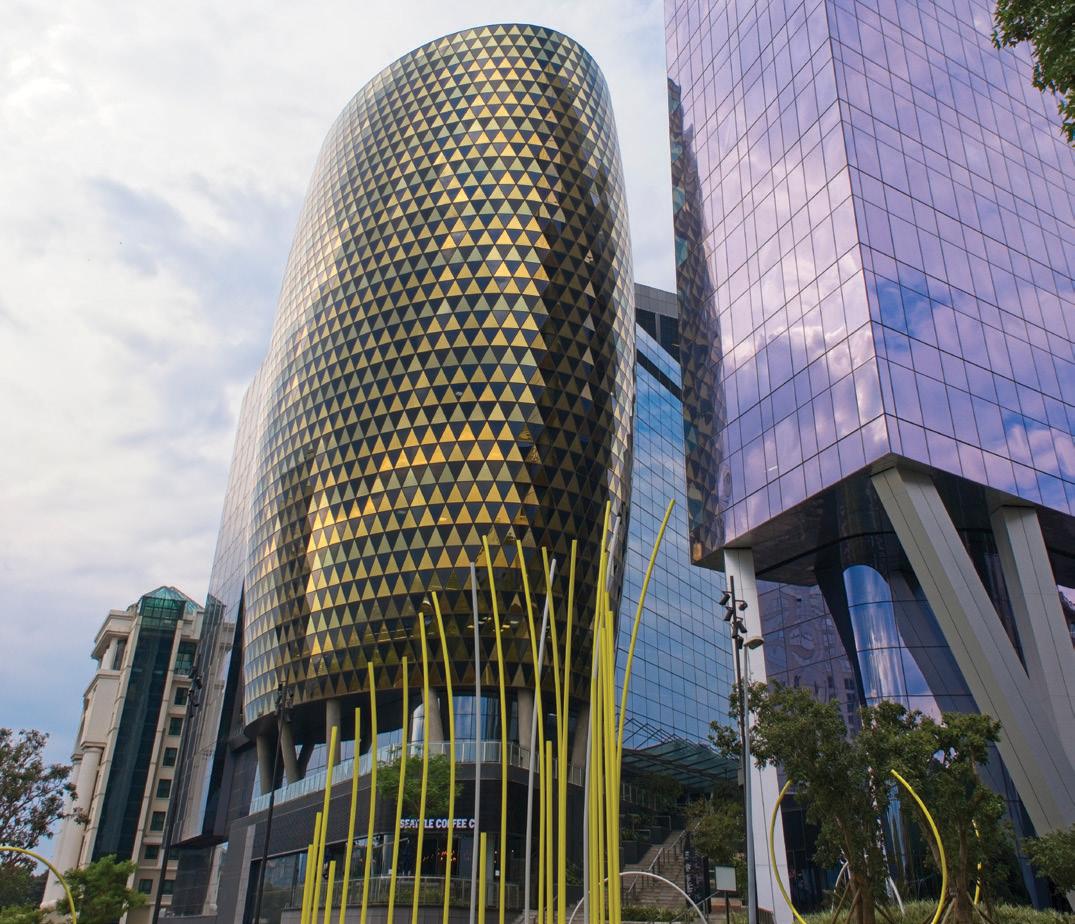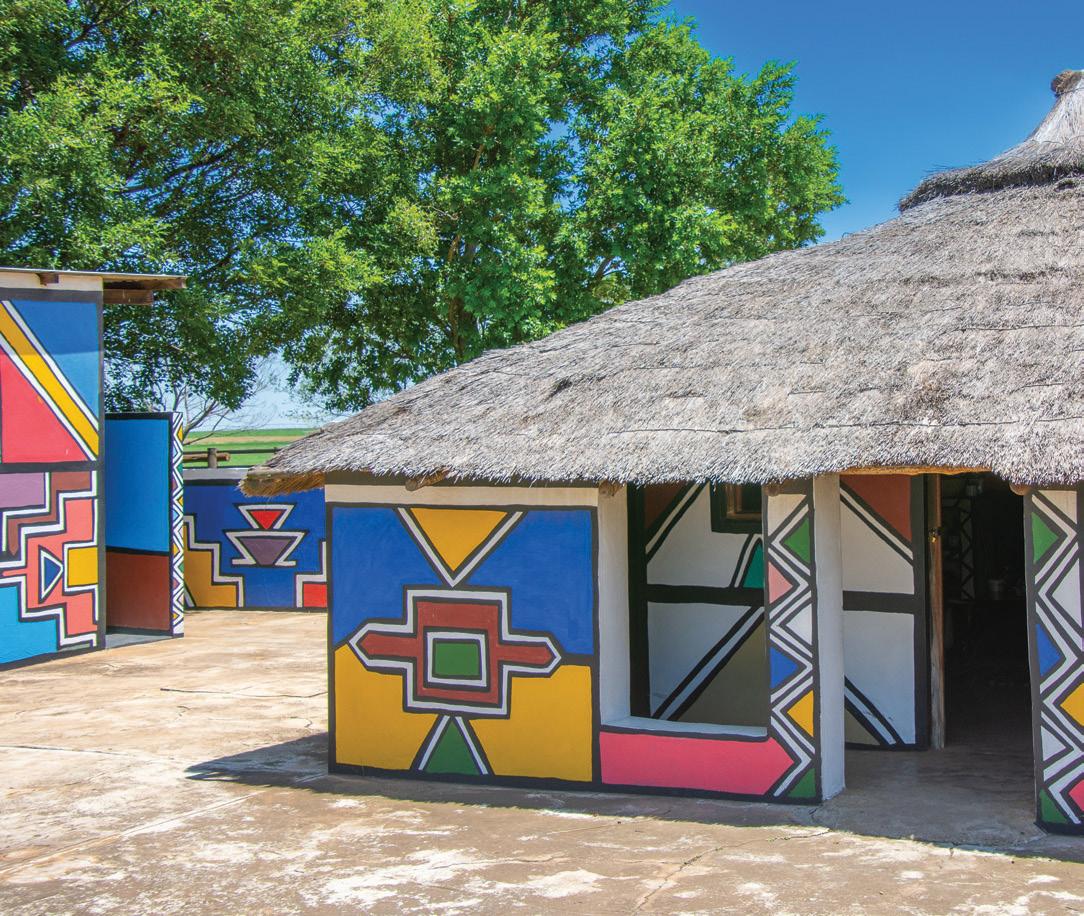
2 minute read
TRAVEL THE WORLD
Embark on an architectural and cultural odyssey through the captivating landscapes of South Africa!
Discover the extraordinary diversity of styles, from the elegant Cape Dutch to the vibrant Cape Malay, colonial grandeur and cutting-edge modern marvels infused with African influence. Fuel your creative passions as you explore eco-friendly resorts that redefine sustainable design. This study tour is a must for architects and building designers seeking inspiration.
Tour Highlights
Starting in Johannesburg/Pretoria, the economic, political and industrial heart of South Africa, you’ll uncover a blend of architectural styles, from the towering skyscrapers of the modern era to the humble yet striking dwellings that reflect the nation’s pioneering spirit. Venture to the iconic Soweto township and stand in the footsteps of the legendary Nelson Mandela, before visiting the awe-inspiring Sun City resort, a true oasis of architectural wonder nestled in the bush.
Your journey continues to the captivating city of Cape Town, where the Victorian and Cape Malay influences seamlessly intertwine with the historic Cape Dutch architecture, creating a tapestry that will leave you inspired and eager to incorporate these design elements into your own work.
The odyssey continues to Zimbabwe where you witness the thunderous majesty of Victoria Falls, explore ecoresorts that seamlessly blend with nature and encounter the dramatic wildlife that roams these enchanting lands. An inspirational journey for architects and designers seeking to harmonise built and natural environments. Don’t miss this unforgettable opportunity!
Why This Tour Matters To You
As a professional in building design or architecture, this study tour is your gateway to expanding horizons and acquiring new perspectives. You will have the opportunity to engage with peers and experts in thoughtprovoking discussions, enhancing your knowledge and expertise. Our expert guides will provide comprehensive commentary, enriching your understanding of each site’s historical and cultural context.





